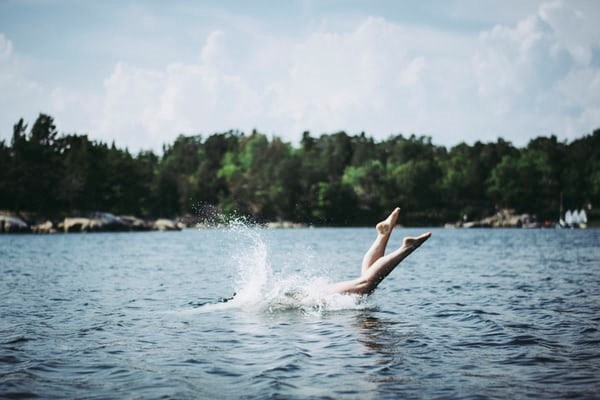The World Drowning Prevention Day was declared in April 2021 by a UN General Assembly Resolution and was recently held for the first time on 25 July. The resolution draws attention to the tragic fact that drowning has become the cause of millions of preventable deaths around the world.
An estimated number of 236,000 people drown every year but the figure can be much higher because of the uncertainty around the estimate of global drowning deaths. Many countries report drowning as the leading cause of childhood mortality and drowning being among the 10 leading causes of death globally for 5- to 14-year-olds.
According to the resolution, over 90 per cent of deaths occur in low- and middle-income countries, with Africa recording the world’s highest drowning rates and Asia carrying the highest burden of drowning deaths by number.
The resolution encourages all member states, on a voluntary basis, to consider taking a number of actions, such as “appointing a national focal point for drowning prevention and developing a national drowning prevention plan, containing a set of measurable targets according to their needs and priorities, including as part of wider national health plans, policies and programmes”.
WHO has been tasked to coordinate actions on drowning prevention within the UN system. In this capacity, it leads preparations for World Drowning Prevention Day and hosted a global launch event on 28 July.
Asked by The Brussels Times about the application of the UN resolution until now, a WHO spokesperson replied that it was too early to outline how it has been applied. “The World Drowning Prevention Day was the first opportunity for governments and organisations to enact the resolution.”
In connection with World Drowning Prevention Day, an op-ed in Swedish daily Dagens Nyheter reported that on average 440 people are affected each year by drowning accidents, half of which lost their lives or were severely injured. It is about the same number of people who lost their lives in traffic accidents or were killed in shootings linked to organised crime in Sweden.
Sweden has still to implement the recommendations in the UN resolution and might be considering a national objective of halving the number of drowning deaths.
The European Commission did not reply to a request for information on whether EU member states have national drowning prevention plans in place or have committed to develop such plans. The WHO spokesperson added that some of the best examples of water safety plans in Europe include those of Ireland, The Netherlands and Switzerland.
The Brussels Times

